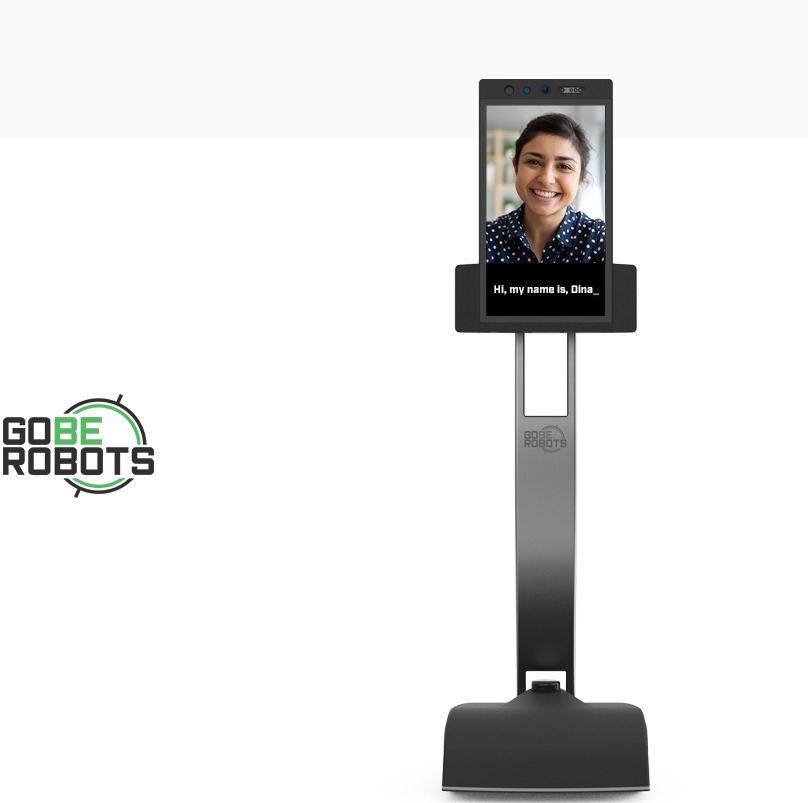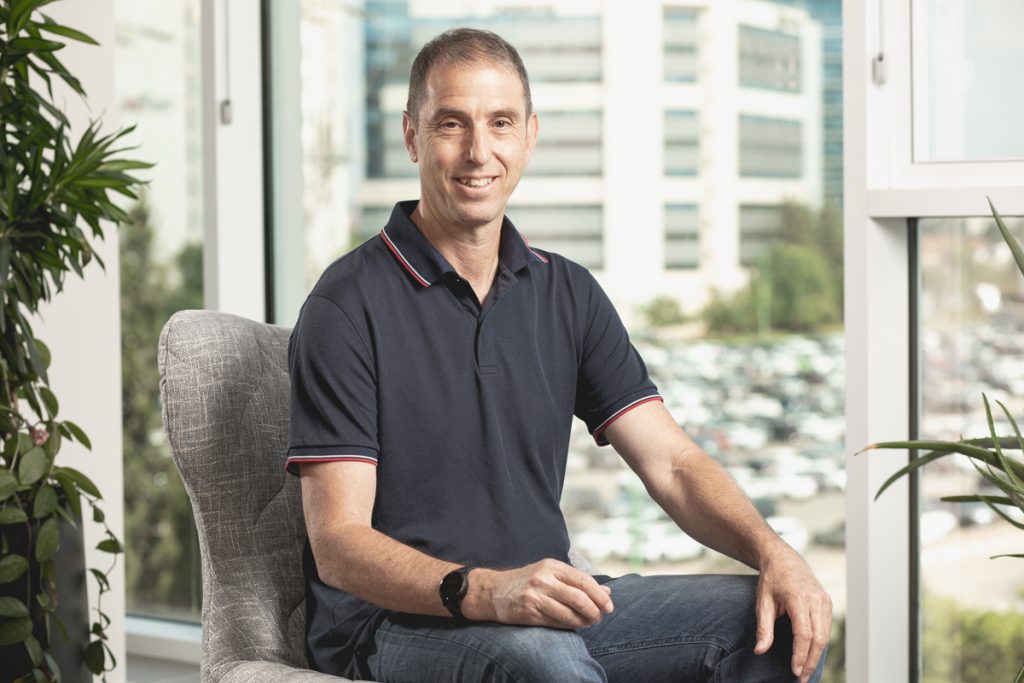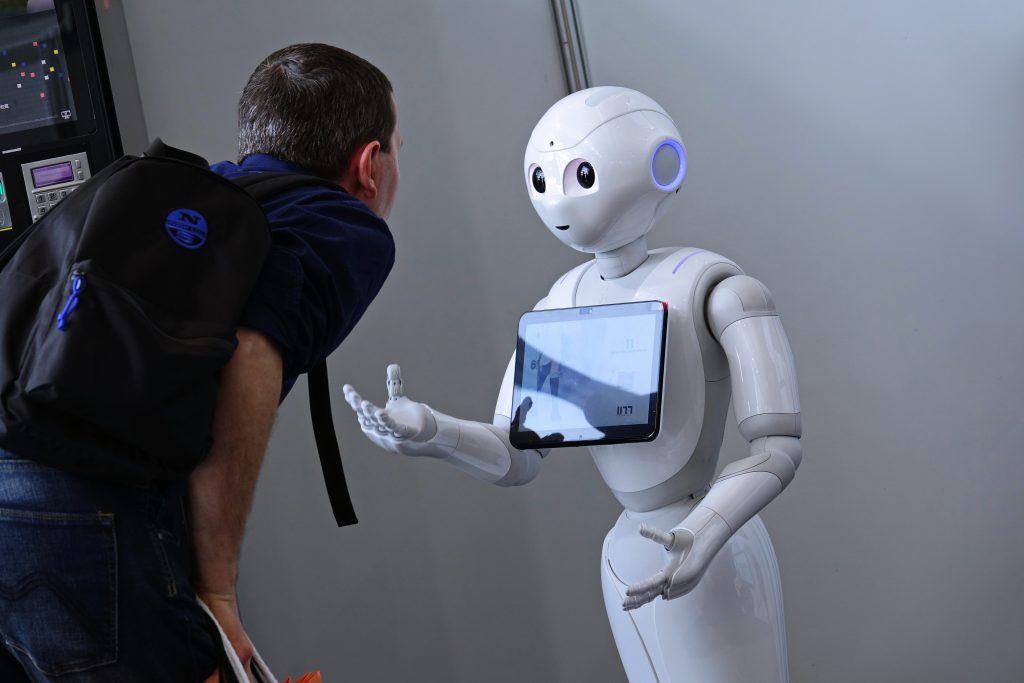Contributors
Imagine it’s a sunny Friday morning; you gently wake up to the sound of birds singing through your window. Then, your bedroom door opens. It is your tall and muscular robot, bringing you your morning coffee or tea. He politely asks you if you need anything else. You say: “No, thank you so much,” and your AI-based robot quietly walks back to the kitchen to prepare your family’s lunch for the day. Later on, he cleans the living room and mops the leaves in your garden. It sounds like science fiction, right? Maybe it reminds you of “I, Robot,” Will Smith’s blockbuster movie?
Modern Robots: Vital in everyday lives
Robots were once used as a mechanism for Sci-Fi movies and cartoons to show how far humanity had come in technology. But today, robots are not something that exists only in our imaginations. Robots have quickly become a part of our lives, whether we realize it or not.
Robots do everything from working in a factory to helping make medical breakthroughs, even assisting the elderly and disabled. Some bots are used to do repetitive actions or jobs considered too dangerous for humans. In many military and public safety sectors, robotic technology is being utilized in many areas as well. For example, unmanned drones help optimize surveillance and support operations on the battlefield. Another example is military drones flying over war regions, in hostage situations, and natural and artificial disasters, which can assess danger levels and provide soldiers and first responders with real-time information.
The Future of Robots: Commercialization
Earlier this month, Tesla unveiled the “Tesla Bot,” a humanoid robot that runs on the same AI used by Tesla’s fleet of autonomous vehicles. The bot’s images quickly remind you of the robots in the “I, Robot” movie, and if you have seen the movie, you would be worried that the robots can eventually become dangerous for humankind. Elon Musk, Tesla’s CEO, jokingly stated that the robot is intended to be friendly and safe while focusing on eliminating “dangerous, repetitive, boring tasks” like going to buy groceries at the store.
Robotize, an Israeli company, has also built advanced robotic solutions, including “GoBe,” a telepresence bot that lets you save time, money, and hassle from travel while staying safe and present in a physical meeting. It does this by using a remote-controlled mobile robot that allows communication through a 21.5-inch screen that reproduces the user’s face in natural size. A zoomable 4K camera and a wide-angle front camera give the “robot pilot” a clear overview of the location the GoBe robot discovers.

“GoBe Robots is all about enabling people to effectively connect in real-time more humanly even if they are communicating remotely. With everything that has happened with the Pandemic and the complexity of travel. Given that, wouldn’t it be nice to be able to “be there” without, you know, actually being there? That is the idea behind telepresence robots. You can move around in a remote location, and using advanced audio and video features, you get the feeling of being present”, said Amnon Avi Guy, General Manager at Robotize.

Another example of where the robotic future is heading can be seen in Boston Dynamics, a leading American engineering and robotics design company, newly released viral video footage of Atlas, probably the world’s most advanced and dynamic Humanoid robot. The footage showcases two robots effortlessly completing a parkour obstacle course.
Atlas, together with robots like Xiamoi’s CyberDog, suggest a glimpse into the extremely near future, where robots will take part in humans’ lives and become an integral and very mainstream part of our landscape.

“An interesting confluence of technology advancements is going to make advanced robotics much more accessible for both commercial and domestic purposes. Until now, robotics have primarily existed in one main domain: industrial. The most interesting area for robotics in the next fifteen years will be commercial or ‘service’ robotics. Large Companies like McDonald’s will have enough capital to buy an expensive robot that will ultimately take over a cashier’s job. Replacing such jobs might cost the same as a single worker’s annual wages, but within a few years, that investment will have dramatically streamlined the company’s labor costs”, Said Ori Abraham, CTO & Co-Founder of Fabric, which developed its own proprietary software and robotic micro-fulfillment technology.
As technology continues to expand together with the usage of robots in our everyday lives, it will be interesting to see how we as human beings will adapt and evolve. Will we wake up to a humanoid robot asking us what we want for breakfast? Yes, we probably will. Let’s just hope he is friendly and safe, just like Elon Musk stated.
Omri Hurwitz is a marketing and media expert who advises leading High-Tech companies. In addition, He writes for several Media channels and has a podcast that covers the subjects of technology, entrepreneurship, and more.
Forbes Israel Contributors are independent writers that were individually picked by Forbes staff. The writers are experts in their field and they provide professional commentary and analysis of current events. The content is unsponsored.





